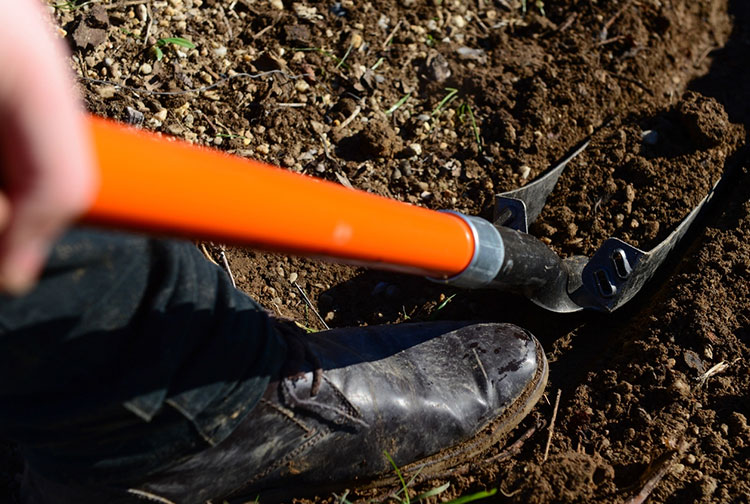Introduction to FRP Tool Handles
In Southeast Asia, where industries like agriculture, construction, and manufacturing are thriving, the demand for reliable and efficient tools is higher than ever. Enter Fiber Reinforced Plastic (FRP) tool handles—a game-changer for workers across the region. These handles, made from advanced composite materials, offer a perfect blend of strength, durability, and lightweight design, making them an ideal choice for professionals and hobbyists alike. In this article, we’ll explore why FRP tool handles in Southeast Asia are gaining traction and how they’re revolutionizing workflows in diverse sectors.
Why FRP Tool Handles Are Perfect for Southeast Asia
Southeast Asia’s tropical climate, with its high humidity and frequent rainfall, poses unique challenges for tools. Traditional wooden or metal handles often succumb to rot, rust, or wear under such conditions. However, durable tool handles made from FRP are resistant to moisture, chemicals, and corrosion, making them a perfect fit for the region. Whether you’re a farmer in Thailand, a construction worker in Malaysia, or a craftsman in Vietnam, FRP tool handles can withstand the elements while providing long-lasting performance.
Interested in durable options for your tools? Take a look at our durable FRP tool handles designed to endure tough conditions.
The Lightweight Advantage of FRP Tool Handles
Another reason FRP tool handles are making waves in Southeast Asia is their lightweight nature. Lightweight FRP tools reduce fatigue during long hours of use, which is especially beneficial for workers in labor-intensive industries. For example, a farmer using a lightweight FRP-handled hoe can work more efficiently without feeling weighed down, while a construction worker in Indonesia can handle tools with greater ease, improving productivity. The ergonomic design of these handles also ensures a comfortable grip, further enhancing the user experience.
Explore our range of lightweight FRP tool handles to see how they can improve your daily tasks.
Versatility Across Industries in Southeast Asia
FRP tool handles are incredibly versatile, catering to a wide range of applications across Southeast Asia. Here’s a breakdown of how they’re being used in different sectors:
- Agriculture: In countries like the Philippines and Thailand, farmers are using FRP-handled tools such as shovels, rakes, and hoes for planting and harvesting. The handles’ resistance to moisture ensures they last through rainy seasons.
- Construction: In rapidly developing nations like Malaysia and Singapore, FRP tool handles are being incorporated into hammers, trowels, and other tools, offering durability on busy construction sites.
- Manufacturing: Factories in Vietnam and Indonesia are adopting FRP handles for tools used in assembly lines, where their lightweight design helps workers maintain efficiency.
Comparing FRP Tool Handles to Traditional Materials
To understand why FRP tool handles are becoming the preferred choice, let’s compare them to traditional materials like wood and metal. The table below highlights the key differences:
| Material | Weight | Durability | Moisture Resistance | Comfort |
|---|---|---|---|---|
| FRP | Lightweight | High | Excellent | High |
| Wood | Moderate | Low | Poor | Moderate |
| Metal | Heavy | Moderate | Poor (prone to rust) | Low |
As the table shows, FRP tool handles outperform traditional materials in almost every category, making them a smart investment for Southeast Asian workers.
Environmental Benefits of FRP Tool Handles
Beyond their practical advantages, FRP tool handles also offer environmental benefits. Many manufacturers are now producing these handles using sustainable practices, such as incorporating recycled materials into the composite. Additionally, their long lifespan means fewer replacements, reducing waste over time. For Southeast Asian businesses looking to adopt eco-friendly practices, FRP tool handles provide a way to balance performance with sustainability.
Real-World Impact in Southeast Asia
The adoption of FRP tool handles is already making a difference across the region. In rural areas of Cambodia, farmers have reported increased efficiency when using lightweight FRP tools, allowing them to cover more land in less time. In urban centers like Jakarta, construction companies are praising the durability of these handles, noting that they hold up well even under heavy use. These real-world examples demonstrate the transformative potential of FRP tool handles for Southeast Asian markets.
Why Choose FRP Tool Handles?
The rise of FRP tool handles in Southeast Asia is no surprise given their durability, lightweight design, and versatility. They’re built to withstand the region’s challenging climate while offering ergonomic benefits that improve worker productivity. Whether you’re in agriculture, construction, or manufacturing, these handles can elevate your tools to the next level.
Ready to upgrade your tools? Visit our FRP tool handles collection to find the perfect fit for your needs.
Conclusion
FRP tool handles are more than just a trend—they’re a practical solution for Southeast Asian workers looking to enhance their efficiency and durability. With their ability to resist moisture, reduce fatigue, and adapt to various industries, these handles are poised to become a staple in the region. As more businesses and individuals discover their benefits, the demand for FRP tool handles will only continue to grow. Stay ahead of the curve by incorporating these innovative handles into your toolkit today!
 +86 15303735673
+86 15303735673 Jessica@frpzs.com
Jessica@frpzs.com
 Technical Data
Technical Data












